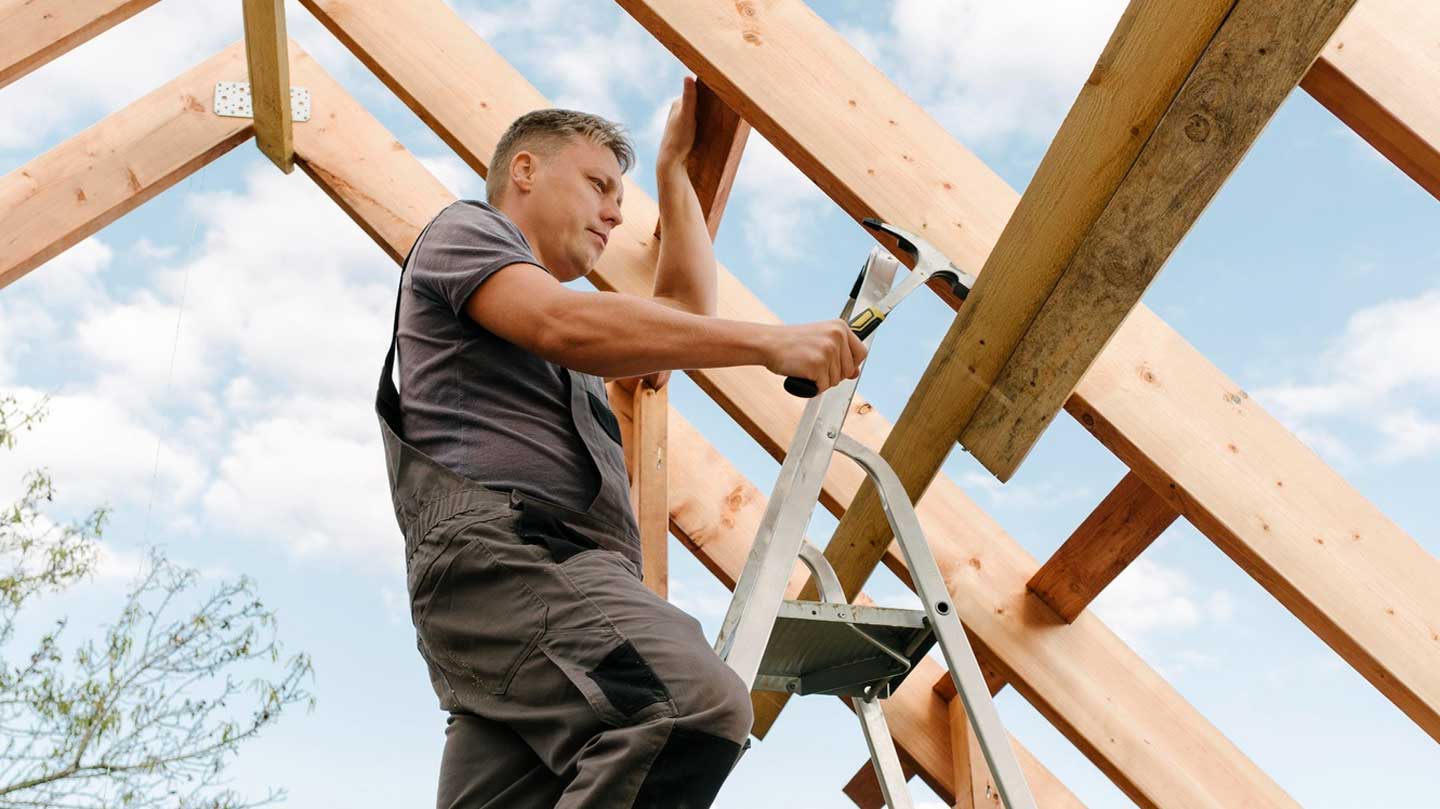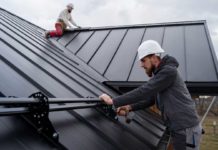Learning how to frame a roof properly is essential to construct one that will last. A solid roof not only improves the look of your house but also shields you and your family from the elements. Whether you’re a weekend warrior or a professional builder, you need to know the basics of roof framing.
In this detailed manual, we’ll delve into the fundamentals of the roof structure and provide helpful advice for erecting a sturdy roof that will last for years. Read on for advice before calling roof builders in San Jose, CA.
The Basics of Roof Framing
At the core of every robust roof structure lies the fundamental principles of roof framing. Roof framing serves as the backbone of any roof system, providing essential support and stability.
It involves the strategic arrangement of beams, rafters, and trusses to create a framework capable of withstanding the weight of the roof materials and external forces such as wind and snow loads. Each component plays a crucial role in distributing the load evenly and preventing sagging or structural failure.
Collar ties, horizontal beams that connect opposing rafters near the top, help maintain the roof’s shape and prevent outward thrust. Joists, on the other hand, are horizontal members that provide support for the roof deck and help distribute the weight to the load-bearing walls.
Choosing the Right Materials
When it comes to roof framing, selecting the right materials is paramount to ensure durability and longevity. The chosen materials must be capable of withstanding the weight and stresses placed upon them throughout the life of the roof.
Opting for high-quality lumber is crucial. Consider using pressure-treated wood or engineered wood products, as they offer enhanced resistance to decay, insects, and warping. In addition to the strength of the materials, it’s essential to consider the environmental factors your roof will face.
Consider the climate in your region, including factors such as wind, snow, or extreme temperatures. These conditions can exert additional strain on your roof framing. Therefore, it’s crucial to choose materials that have the necessary strength and durability to withstand such elements.
Framing Techniques for Strength
To build a strong roof structure, mastering effective framing techniques is paramount. These techniques not only provide strength but also ensure the overall stability of the roof. One essential technique is the use of diagonal bracing.
Diagonal braces are installed at key locations within the roof framing system, adding stability and preventing the roof from swaying or collapsing during high winds or seismic events.
Proper alignment and secure connections between framing members are also crucial for achieving strength in roof framing. Each member should be precisely positioned and securely fastened to maximize the load-carrying capacity of the roof structure.
Neglecting these details or using inadequate fasteners can compromise the structural integrity of the roof. By employing framing techniques that prioritize strength and stability, you can enhance the resilience and longevity of your roof. Investing time and effort into mastering these techniques will pay off.
Common Roof Framing Mistakes to Avoid
Even seasoned professionals, like roof builders in San Jose, CA, can make mistakes during roof framing. It’s crucial to be aware of common pitfalls and avoid them to ensure a strong roof structure. Some frequent errors include improper notching or cutting of framing members, inadequate bracing, or failure to follow local building codes.
Neglecting to consider environmental factors or underestimating load requirements can also compromise the integrity of the roof. By understanding these common mistakes and learning from them, you can elevate your roof framing skills and create a solid, durable structure.
Conclusion
Mastering the art of roof framing is essential for anyone involved in constructing or repairing roofs. By understanding the basics, selecting the right materials, employing effective framing techniques, considering load distribution, and avoiding common mistakes, you can build a strong and long-lasting roof structure.
Whether you’re a homeowner taking on a DIY project or a professional contractor aiming for excellence, investing time and effort into mastering roof framing will pay off in terms of safety, durability, and overall quality. Remember, a well-framed roof is not only aesthetically pleasing but also provides peace of mind and protection for years to come.










